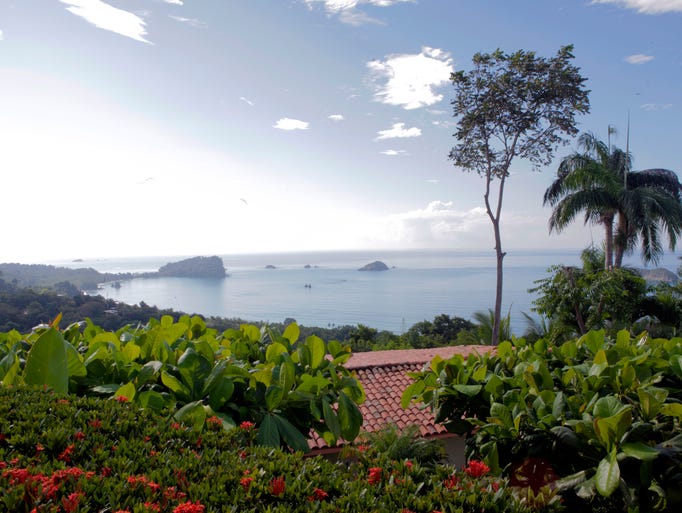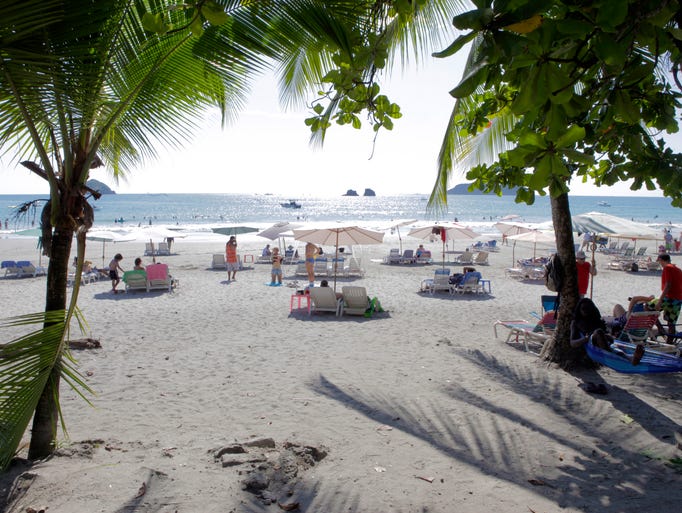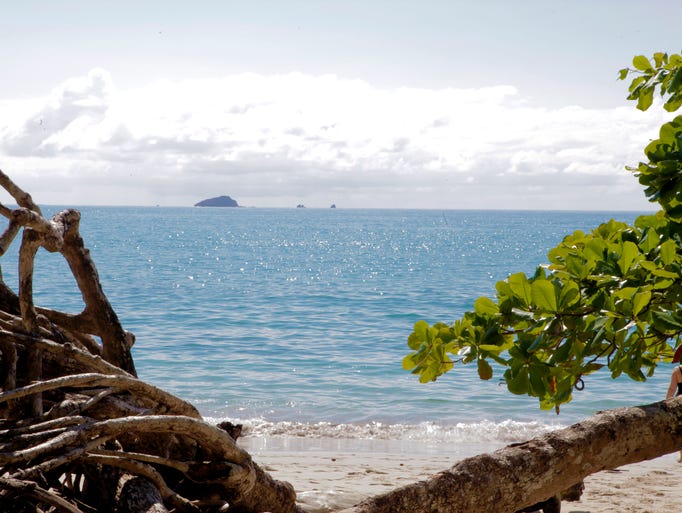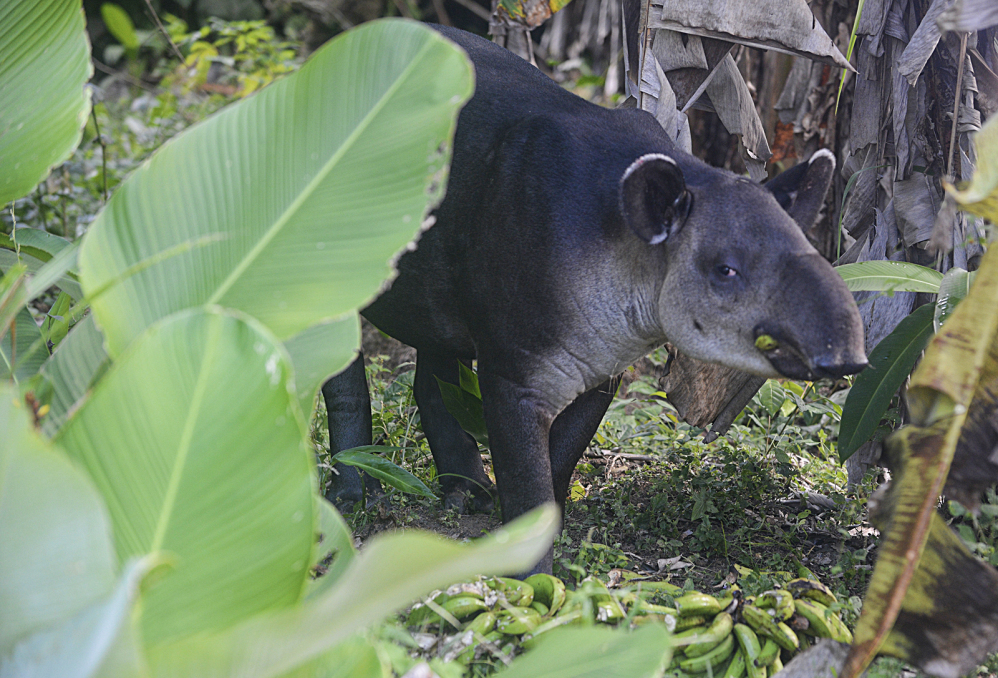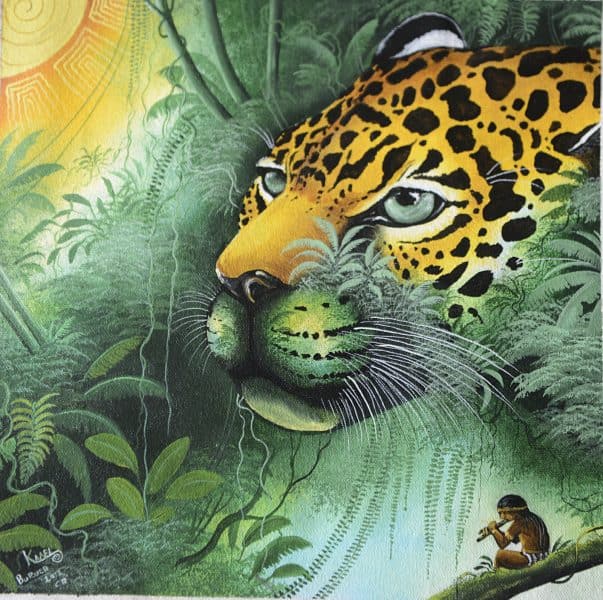My take on this, not to diminish the glory of Costa Rica, but to point to a more trascendental aim in that conflict is that Santa María is a composite of THREE HEROES: Juan Rafael Mora, CORNELIUS VANDERBILT, and in the future my MOTHER.... How crazy is that?
"One of the key fights of one of the strangest military incursions in Central American history happened here, at the Second Battle of Rivas on April 11, 1856."
Taken from The Tico Times
Rivas, Nicaragua: Costa Rica’s most famous battle
KARL KAHLER | SEPTEMBER 10, 2015

Nicaragua's Rivas Museum was the site of a historic battle in 1856 between a Costa Rican army and U.S. adventurers who had seized control of Nicaragua. Karl Kahler/The Tico Times
RIVAS, Nicaragua — Costa Rica is not known for its exploits in war, so maybe it’s fitting that the site of its most famous battle is in Nicaragua.
One of the key fights of one of the strangest military incursions in Central American history happened here, at the Second Battle of Rivas on April 11, 1856.

The courtyard in front of the Rivas Museum looks down on a place where U.S. mercenaries were burned out of a house by a Costa Rican army. Karl Kahler/The Tico Times
As the legend goes, a lowly Costa Rican drummer boy from Alajuela named Juan Santamaría lost his life setting fire to a house where U.S. mercenaries under the adventurer William Walker were sheltered, thus routing an army that had unwisely invaded Costa Rica.

Photos of early human bones discovered in the Rivas area. Karl Kahler/The Tico Times
Today the Museo de Rivas (the Rivas Museum, often called the Museum of Anthropology or the Museum of History), stands right next to the house that was burned, in a 200-year-old building called Hacienda Santa Ursula that Walker had seized as a base of operations. It’s a picturesque old building with a cannon in front that seems to have undergone little remodeling since it was built around 1815.

Pots in a back room at the Museo de Rivas. Karl Kahler/The Tico Times
The museum contains some timeworn and dusty pieces of taxidermy showing some of Nicaragua’s animals, fish and birds — and it even has some mastodon bones (some assembly required).

Mastodon bones found near Rivas, Nicaragua. Karl Kahler/The Tico Times
There are several exhibits on the pre-Hispanic inhabitants of this region, with ceramic pots unearthed near here, and signs in Spanish revealing what is known about them. (Contrary to what Lonely Planet says, the signs are not translated into English.)

An early Nicaraguan pot showing a turtle. Karl Kahler/The Tico Times
The one thing this museum doesn’t have, oddly enough, is any exhibit on the famous historic event that occurred at this very place.

A ceramic pot at Museo de Rivas. Karl Kahler/The Tico Times
“We’re in the process of restoration, and once that’s done we’re going to make use of the other room, and so we have to prepare exhibits on all the history,” said Eliethe Romero, a curator at the museum.
The research that will go into this exhibit is sorely needed, as three people working at the museum appeared to conflate the stories of the First Battle of Rivas, in 1855, and the Second Battle of Rivas in 1856.
The stories are easy to confuse, as in both cases the decisive strike was said to be the torching of a building where Walker’s troops were holed up.
In 1855, the hero who volunteered to torch the mesón of Don Máximo Espinoza was a Nicaraguan schoolteacher named Enmanuel Mongalo y Rubio, who survived. In 1856, the Costa Rican hero who volunteered to torch the mesón of the Guerra family was Santamaría, who died.
Both are considered national heroes in Nicaragua today, and Santamaría is a national hero in Costa Rica and the namesake of the international airport in Alajuela.
But people here a little confused by who did what, where and when. In the absence of reputable journalists or historians at the scene in the 1850s, the fog of war appears to have contributed to the fog of history.
There is a plaque on a wall at the museum contributed by Costa Rican President Rodrigo Carazo in 1982 that alludes to the second battle, saying, “Peoples do not have borders between them, although countries do. The blood of Costa Ricans covered this land, and they became liberators of America….

A plaque by a Costa Rican president commemorates the Second Battle of Rivas in 1856. Karl Kahler/The Tico Times
“Rivas, the hostel, Santamaría, the torch, [Costa Rican Gen. José María] Cañas, [Costa Rican President Juan Rafael] Mora, nor the filibuster nor cholera could destroy you.”
But this plaque unfortunately doesn’t tell what happened.
Walker, a lawyer, physician and, well, crazy gringo, thought it would be a good idea to invade Nicaragua with U.S. mercenaries known as filibusters in 1855 (siding with the local Democratic Party against the Legitimist Party in a civil war). Walker hoped to set up a U.S.-style government under his control that would allow black slavery, which was then still practiced in Southern states.

U.S. filibuster William Walker seized control of Nicaragua in 1856, though his grand adventure was doomed by local opposition. (Wikipedia)
Nicaragua was the Panama Canal of its day, as ships from the U.S. East Coast would steam up the San Juan River and cross Lake Nicaragua; then goods were transported by stagecoach via Rivas to the Pacific, where they were taken by ship to San Francisco.
Walker attacked the Legitimists in the First Battle of Rivas on June 29, 1855, and was narrowly defeated, but he prevailed in a battle in Granada on Oct. 13 and effectively seized power in Nicaragua.
Not content with having captured one country, Walker set his sights on others. This alarmed Costa Rican President Juan Rafael Mora, who declared war on the usurper regime in Nicaragua.
In a preemptive strike, Walker ordered his men to march into Guanacaste, Costa Rica, under an inexperienced commander, and they were routed in the Battle of Santa Rosa on March 20, 1856.
Walker’s men retreated to Rivas, pursued by the Costa Ricans, and they engaged in the Second Battle of Rivas on April 11, 1856. Walker’s men were holed up in a mesón(often translated a hostel or inn, though it appears to have been the home of the Guerra family).
This mesón was adjacent to the Hacienda Santa Ursula, where the Museo de Rivas is today, and was dangerously defended by sniper fire from the towers of a nearby church.
This is when Santamaría, the drummer boy, is said to have volunteered to set the mesón on fire — an extremely dangerous mission, as he proved when he was shot to death. But first he managed to throw the torch onto the thatched roof, setting the mesón on fire, and Walker’s men poured out of the house under enemy fire. Those who survived fled the city for Granada.
The weary Ticos were unable to give chase, and Costa Rica was later decimated by a cholera epidemic that started when the troops threw dead bodies into the wells of Rivas.
Walker was hardly defeated, but his days were numbered. He organized a fraudulent election and was inaugurated as president of Nicaragua on July 12, 1856. He ended up doing battle with Honduran, Guatemalan and Salvadoran troops, was captured twice by the U.S. Navy and finally by British naval forces, and he was executed by firing squad in Trujillo, Honduras, in 1860, at the tender age of 36.
A security guard and a curator at the Museo de Rivas pointed out some old homes next door to the museum, saying that was where the fire was set during the second battle. Residents of the homes were vaguely aware of the history but said the people who really knew the story were not there.
IF YOU GO
Getting there: If you have a car and speak Spanish, you can find the Museo de Rivas asking for directions (or using Waze). If not, you could take a bus to Rivas and then a taxi. Ask for the “Museo de Rivas,” also known as the “Museo de Historia.”
Hours: Monday to Friday, 8 a.m. to 5:30, though there are different answers to this question; it’s best to avoid lunchtime, when curators may be absent.
Cost: Free, according to the security guard, though nominal prices are widely quoted online.
Hours: Monday to Friday, 8 a.m. to 5:30, though there are different answers to this question; it’s best to avoid lunchtime, when curators may be absent.
Cost: Free, according to the security guard, though nominal prices are widely quoted online.
Contact Karl Kahler at kkahler@ticotimes.net.






